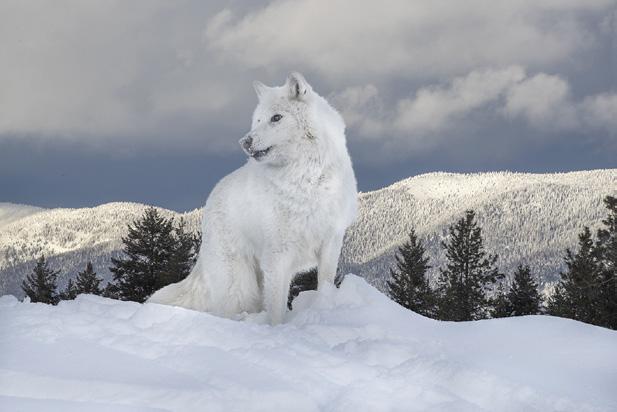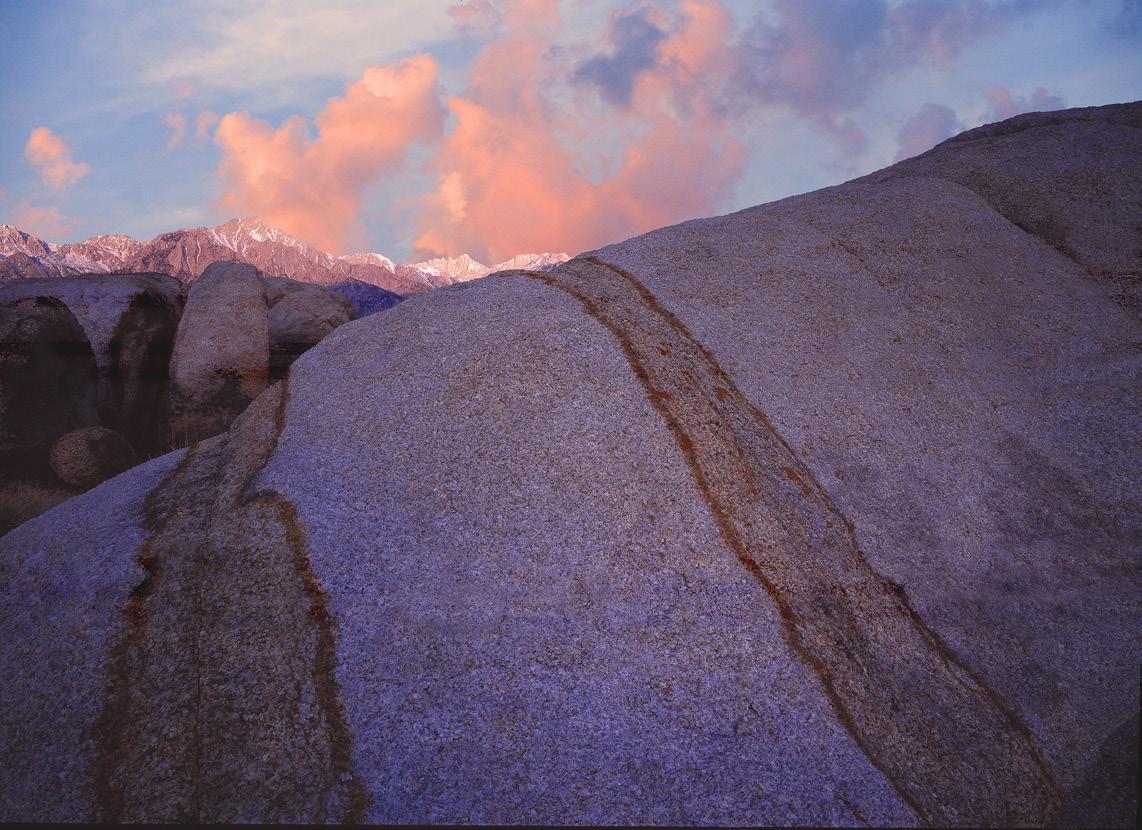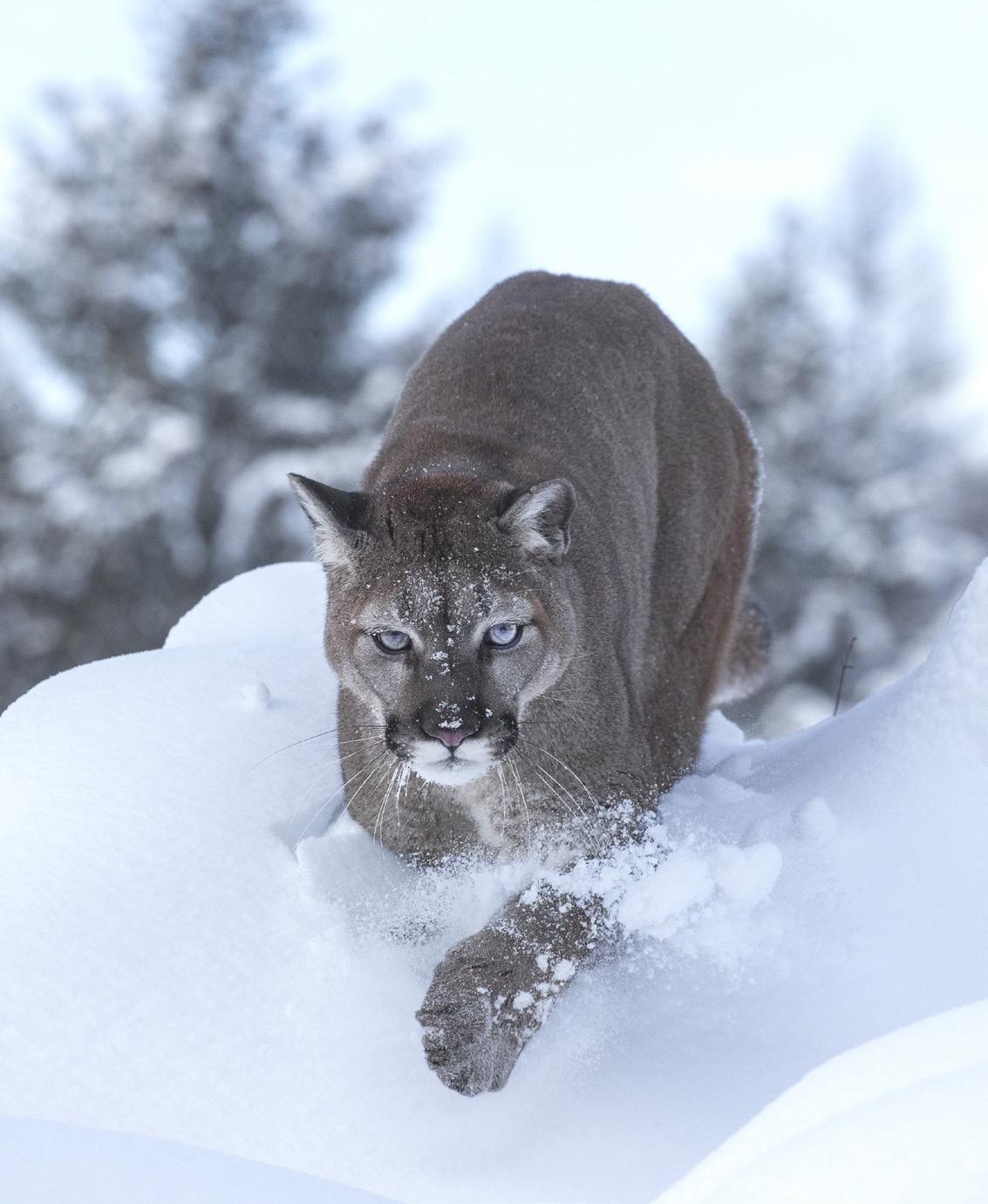
3 minute read
Sharpness vs. DOF
Sharpness versus Depth of Field
Many times when I’m in the field f/stops down from wide open. So, if you are with clients on photography tours shooting with a lens with a maximum aperture and I suggest they use the smallest of f/4, the sharpest apertures are f/5.6 and f/8. lens aperture for complete depth of field, they will question my rationale because, they argue, The conundrum, though, is that f/5.6 and f/8 the sharpest aperture on a lens is f/8. Using f/22 are relatively large apertures and, as such, don’t or f/32 degrades the quality of the image, they offer complete depth of field when the camera say. position is close to the foreground. The picture below is a good example. In order for the large Actually, the sharpest apertures are one to two rock to be just as sharp as the distant ruins and
UPCOMING PHOTO WORKSHOPS
Photoshop Online Training

In the comfort of your home, learn how to be super creative in Photoshop. Learn how to make precise selections, replace the sky, create believable composites, make painterly images, and so much more. Your photography will never be the same!
Nov. 14, 2020
Winter wildlife workshop

Stunning pictures of North American animals including wolves, red foxes, arctic foxes, mountain lion, Canada lynx, and more. The animals will be in their winter coats and very beautiful. This is based in Kalispell, Montana.
January 13 - 20, 2021
Photoshop Workshop

The setting is in my home and, in this two day workshop, you’ll learn enough to be truly dangerous in Photoshop! How to replace a sky, how to fix all kinds of photographic problems in your pictures, how to handle blown highlights, how to be incredibly creative . . . and more.
May 8-9, 2021
the mountains surrounding Machu Picchu in Peru, a much smaller aperture has to be used. Even though I used a 16mm wide angle lens which has built-in depth of field, the 2 to 3 foot lens-to-foreground distance demanded the smallest lens aperture to guarantee everything would be sharp.
‘Sharp’ is a relative term, though. F/32 is not as sharp as f/8, but it has more depth of field. So, what does this really mean?
Assuming the subject is in the middle of the frame and the lens is focused on it from, let’s say, five feet away, the center of the frame will be sharper at f/8 when compared to the same shot at f/32. The periphery of the composition -- the edges -- will be more defined, i.e. apparently sharper, at f/32 than at f/8. Sharpness is how crisp an image is at its focus point. An image with shallow depth of field can be very sharp, but again, only at its focus point.
As the lens aperture becomes smaller, more of the background becomes more discernable. An optical engineer probably will say this isn’t sharpness, but the elements in the distance are definitely clearer than when you compare those same portions of the image with the out of focus bokeh produced by an f/8 lens aperture. If that’s not sharpness, I don’t know what is.
Artistically, complete depth of field is essential for many types of pictures, particularly landscapes, and the only way to get that -- focus stacking aside -- is with the smallest lens aperture. §

W i n t e r W i l d l i f e Workshop
January 13 - 20, 2021

Based in Kalispell, Montana








